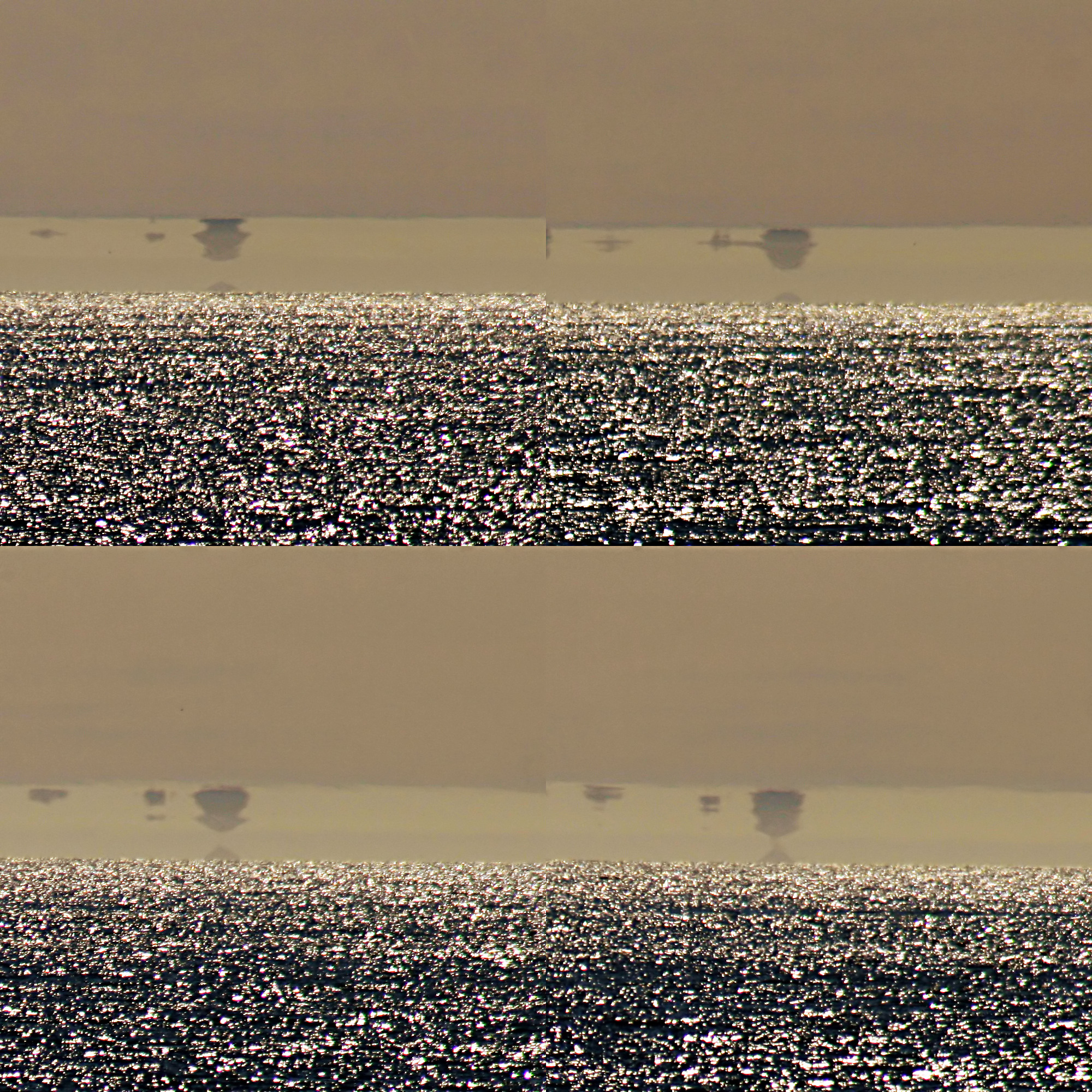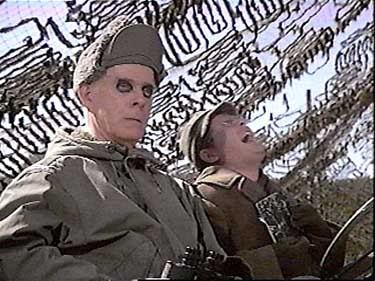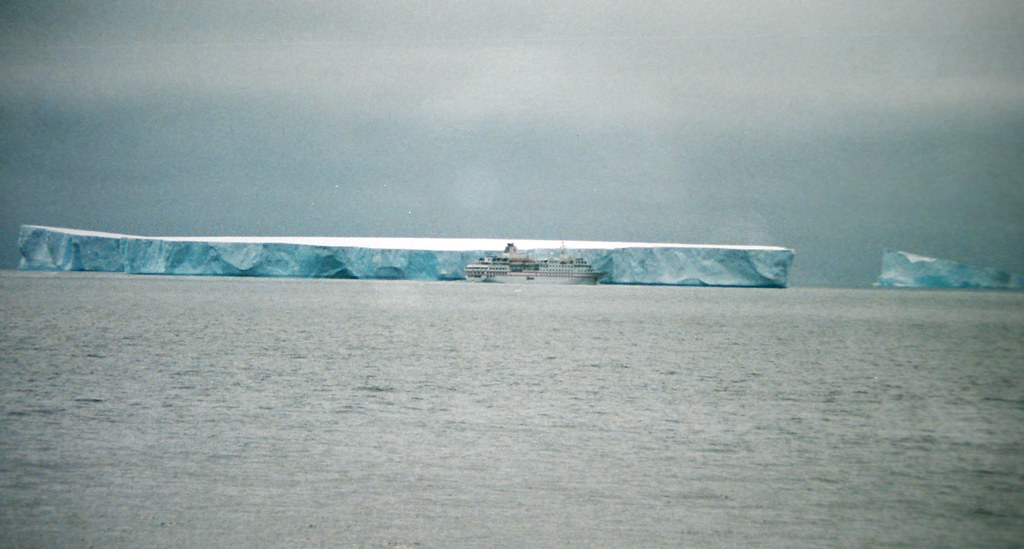http://www.seagrant.umn.edu/newsletter/2007/05/readers_want_to_know.html wrote:
What produced the light we saw glowing over, on, and in Lake Superior last October?
May 2007 by Sea Grant Staff
“It was as if a small town was floating on Lake Superior,” witnesses said. Looking across the lake from Grand Marais, Minn., two, then eventually three, patches of whitish-yellow light illuminated the distant horizon for many hours during the night of October 23, 2006.
“I’ve lived on the lake for 14 years and seen lots of stars and moonshine, boats and northern lights, but never anything like this,” said Grand Marais resident Julie Anderson. “There didn’t seem to be any source for the glowing. We looked through powerful binoculars but there were no ships on the lake or any visible structure at all. The lights never moved or blinked. They were still in the same spots at 2 a.m., but there was a third patch of light by then, and one had gotten significantly bigger. I haven’t seen them again, though I look at the lake every night.”
Another Grand Marais resident said, “At first I thought it was a ship, except the lights were so huge and farther out than usual ship traffic. The main light was elliptical and they were all of the same intensity. To the east, smaller glows made it appear like something was coming up from the bottom, like a huge
underwater spotlight.”
Sea Grant’s hunt for a scientific explanation for the Lake Superior lights included discussions with people from the U.S. Coast Guard, the National Weather Service, and the American Meteorological Society.
After ruling out…
moonlight
aurora borealis
boating traffic
Coast Guard live-fire training exercises
alien activity
UFOs (unidentified FLYING and FLOATING objects)
diamond dust (ice crystals in the air refracting light)
…the most logical explanation is that a temperature inversion made Ontonagon, Mich. — a city about 120 km (75 miles) across the lake and well below the geometric horizon — visible for the night. This type of optical phenomenon is known as an arctic mirage.
The Tricks of Temperature and Light
The two main types of mirages involve different atmospheric conditions.
Arctic mirages are not only confined to areas north of 60 degrees latitude. In Rainbows, Haloes and Glories, author Robert Greenler reported that one April night the residents of Grand Haven, Mich. looked across Lake Michigan and saw city lights and a flashing red beacon. Their sightings were later confirmed to have been the city of Milwaukee, Wisc. Like Grand Marais and Ontonagon, these two cities were also about 120 km (75 miles) apart. Similarly, Clevelanders have clearly spotted Canadian trees and buildings across Lake Erie.
Not to be confused with the more familiar inferior mirages (think “oasis-in-a-desert”), arctic mirages, or superior mirages, are created by atmospheric conditions that alter the appearance of the Earth’s horizon. Know as the hillingar in Icelandic, arctic mirages are made possible by uniform and widespread temperature inversions, where warm air quietly lies over a layer of colder air. Climate data confirm that conditions were favorable for a temperature inversion over Lake Superior during the time when the lights were visible.
Arctic mirages are only one type of superior mirage. Aside from making objects from beyond the horizon visible, superior mirages can make things appear bigger, closer, distorted, suspended in air, or flipped upside down. The temperature inversions causing the various superior mirages can be common over cold water and snow surfaces, particularly at night. Lake Superior’s coldish waters provide ideal conditions for creating and viewing superior mirages. Sometimes an ore boat can appear to float above the water, or travel upside down. Frequently, the Bayfield Peninsula seems to loom from the horizon when viewed from the shoreline between Duluth and Beaver Bay.
Air’s ability to bend the path of light depends on its density. Warm air is less dense and is less able to refract (bend) light than denser, colder air. When warm air blankets a layer of cool air adjacent to the Earth, light rays bend downwards creating an arc toward the observer. If the temperature warms 11ºC over 100 m (6ºF/100 ft), the Earth’s horizon appears to flatten out. If the inversion becomes stronger, the horizon will appear to rise vertically. Under intense arctic mirage conditions, sailors have reported seeing landforms about 320 km (200 miles). A bluff rising about 3.7 m (12 ft) above the sea can be seen at a distance of 19.2 km (12 miles) through a clear, normal atmosphere.
Historians believe that superior mirages, particularly arctic mirages, encouraged the Vikings to sail from Iceland to Greenland, and to explore lands to the west leading them to North America. Some of the legends told by the inhabitants of northern Europe are also rooted in the bizarre sights created by superior mirages.
Inexplicable lights have dazzled humans throughout history and throughout the world. The optic phenomena are physical, as evidenced by photographs and film. But our interpretation of them can be psychological. Although it is tempting to weave stories of magic and mystery to explain the unknown, mundane explanations are typically the most factually accurate. Some unusual lights…and some oases…are certainly mirages, tricks of our eyes, our brains, and our atmosphere.>>
 Fata Morgana: A Possibly Titanic Mirage
Fata Morgana: A Possibly Titanic Mirage






